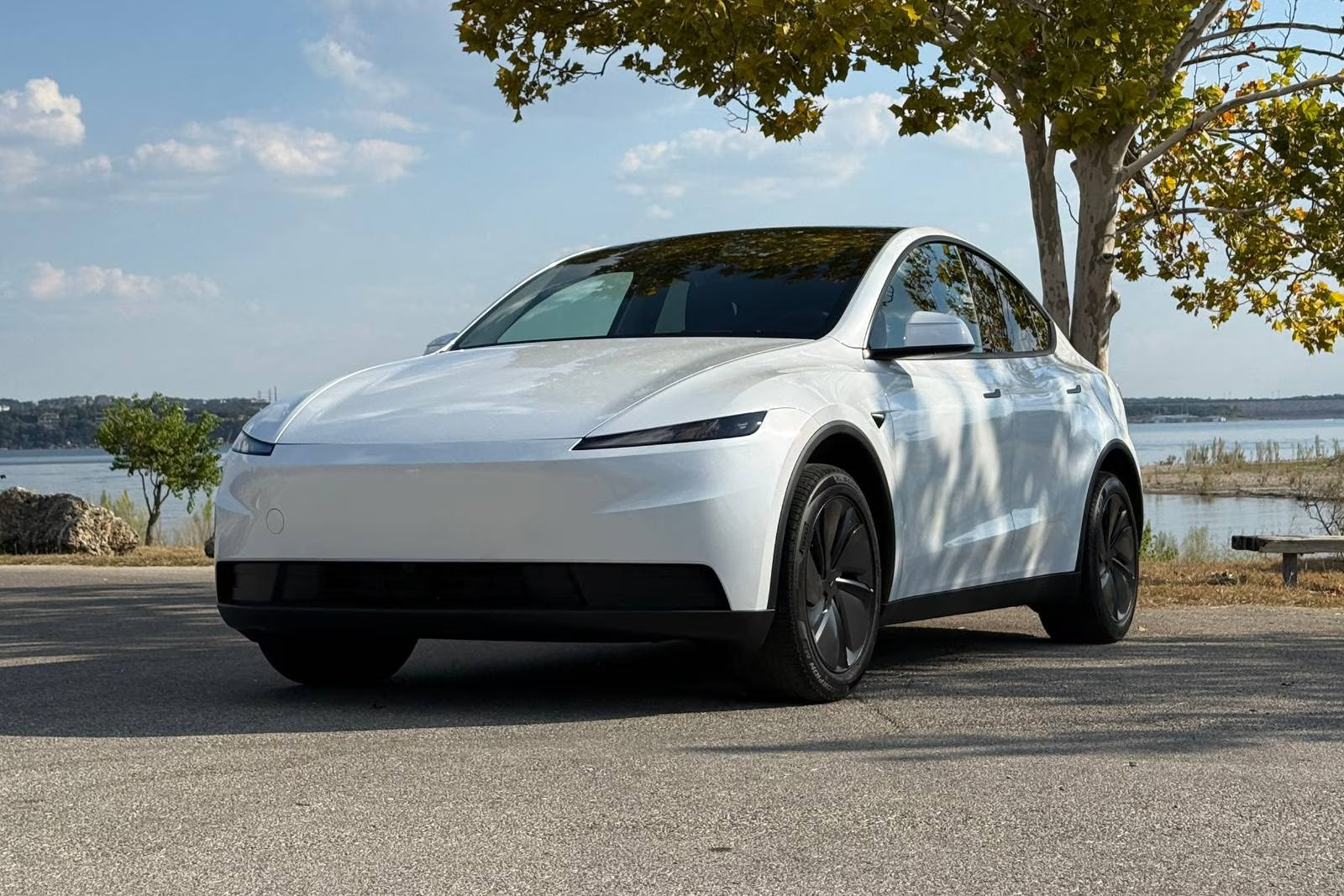Two Key Leaders Exit Tesla
Tesla has lost two of its top engineers — the executives who led development of its Cybertruck and Model Y programs — marking another wave of high-level departures as the automaker redefines its business around AI, robotics, and autonomous technology rather than just electric cars.
Siddhant Awasthi, a Tesla veteran of eight years who led both the Cybertruck and Model 3 programs, announced his resignation in a LinkedIn post. Similarly, Emmanuel Lamacchia, the Model Y program manager, confirmed his departure after eight years at the company.
Their exits come at a time when Tesla faces declining EV sales, intensifying competition, and a strategic pivot away from its traditional car business.

Awasthi’s Legacy: From Model 3 to Cybertruck
In his farewell note, Awasthi reflected on what he called a “thrilling journey,” highlighting his role in ramping up Model 3 production, contributing to the development of Giga Shanghai, and helping design new electronic and wireless architectures.
He also played a key role in delivering the long-delayed Cybertruck, which became one of the most anticipated — and polarizing — vehicles of the decade.
“It’s tough to sum up eight years in a few lines,” Awasthi wrote. “This decision wasn’t easy, especially with so much exciting growth on the horizon.”
Lamacchia’s Departure After Model Y Success
On the same weekend, Emmanuel Lamacchia revealed that he, too, would be leaving Tesla. Lamacchia led the Model Y vehicle program, overseeing its global rollout across four factories on three continents — a feat he described as “never before done in the auto industry.”
The Model Y remains Tesla’s top-selling vehicle, with more than one million units delivered worldwide in 2024. Despite this success, Lamacchia did not specify his next move, saying only that he was proud of what the team accomplished together.
A Growing Pattern of High-Level Exits
The departures of Awasthi and Lamacchia follow several other high-profile exits from Tesla’s senior leadership ranks.
In June, Omead Afshar, a longtime Musk confidant who managed Tesla’s sales and manufacturing operations in North America and Europe, left the company.
In July, Troy Jones, Tesla’s vice president of North American sales, departed after a 15-year tenure.
Earlier in 2024, Drew Baglino, senior vice president of powertrain and energy engineering, also left Tesla to launch a new energy startup.
These changes point to growing internal shifts as Tesla repositions itself for the next decade.
Tesla’s Transition Beyond EVs
Tesla’s recent restructuring aligns with Elon Musk’s broader vision for the company — one that focuses less on producing more electric cars and more on AI-driven innovation.
Musk has publicly stated that projects such as the Optimus humanoid robot and the robotaxi platform could eventually account for up to 80% of Tesla’s value. The company has even halted plans for a next-generation mass-market EV, arguing that self-driving vehicles will render traditional models obsolete.
Turbulence in AI and Robotics Divisions
The leadership shakeup isn’t limited to Tesla’s vehicle programs. The company’s robotics and AI departments are also undergoing major transitions.
Milan Kovac, who led Tesla’s robotics division, recently left, and the company has discontinued its Dojo supercomputer project, according to Bloomberg. The move led to the departure of Peter Bannon, who headed the Dojo effort.
These developments underscore the growing tension between Tesla’s ambitious technological goals and the organizational stability required to execute them.

An Inflection Point for Tesla’s Future
With top talent exiting and Tesla’s leadership reorienting toward automation and robotics, the company stands at a critical crossroads.
As EV competition grows fiercer and consumer demand cools, Tesla’s future success may hinge less on how many cars it builds — and more on whether it can deliver on its promise of AI-powered mobility and robotic innovation.
Recommend Reading: Tesla Semi Unveils Futuristic Redesign Ahead of Delayed Mass Production








Aktie:
Volvo EX60: 800-Volt Power, Premium Range, Surprising Price
Tesla Launches Direct Rental Program to Boost EV Sales